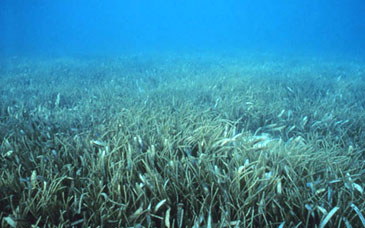Faunal Communities in Seagrass Meadows

Seagrass meadows form habitats that are important as nursery, feeding, and sheltering grounds for a diverse array of animals, including many fishes and macro-invertebrates that are both ecologically and economically-important as well as others identified as "species of greatest conservation need" by Florida’s State Wildlife Action Plan. The Big Bend region of Florida – identified here as the coastal area from Anclote Key north to Apalachee Bay – is home of one of the largest (approximately 3,000 km2) and most pristine seagrass meadows in North America. The management and conservation of this habitat requires that we have sufficient understanding of its extent, the natural and anthropogenic pressures upon it, and how these affect resident species. Thus, understanding the distribution and relative abundance of seagrass residents is a primary focus of research. Although both past and ongoing research and monitoring efforts in the Big Bend seagrass meadows have addressed many important issues, most have been conducted at relatively small scales. One of the drawbacks of this approach is that habitats and their associated faunal communities are often spatially heterogeneous, thereby limiting the inference s one can make over broader geographic areas.

Researchers at the FSUCML worked across this entire region to identify the species composition, distribution, and abundance of animals in seagrass meadows. What they found is that the seagrass meadows in the Big Bend differ spatially with regard to the species composition, density, and biomass of seagrasses. Such differences are correlated with both fine- and broad-scale environmental parameters, which may directly and/or indirectly (e.g., mediated through habitat) affect the composition of the faunal communities. A clear understanding of how these factors and the faunal communities interact across the spatial extent of the entire Big Bend region is crucial to proper management and conservation efforts, particularly as coastal development and other human activities increase in the area.

